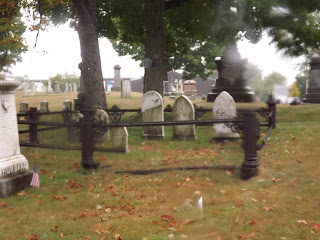UPDATE ON CASE STUDY : VALLEY CEMETERY ,MANCHESTER NH
This case has had some interesting things going on since i have started to investigate this local legend.We have emf spikes of .3 to .6 to even a 1.0 at times .You can also see your br
eath in some spots .There are a total of ten spirits in the church alone .The cold storage has a lot of negative spirits and a lot of sadness also .I will keep investigating this paranormal hot spot ,also will ask other teams to this location.
THIS IS A ONGOING CASE ,THIS CASE WILL BE DONE JULY OF NEXT YEAR


































